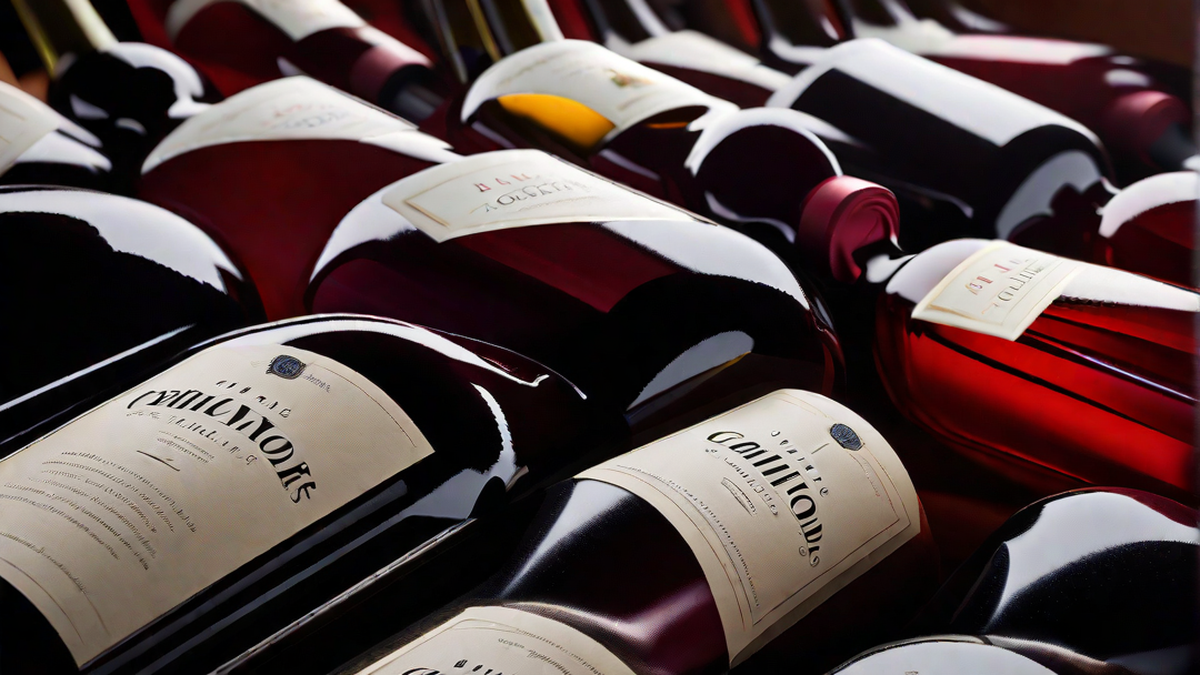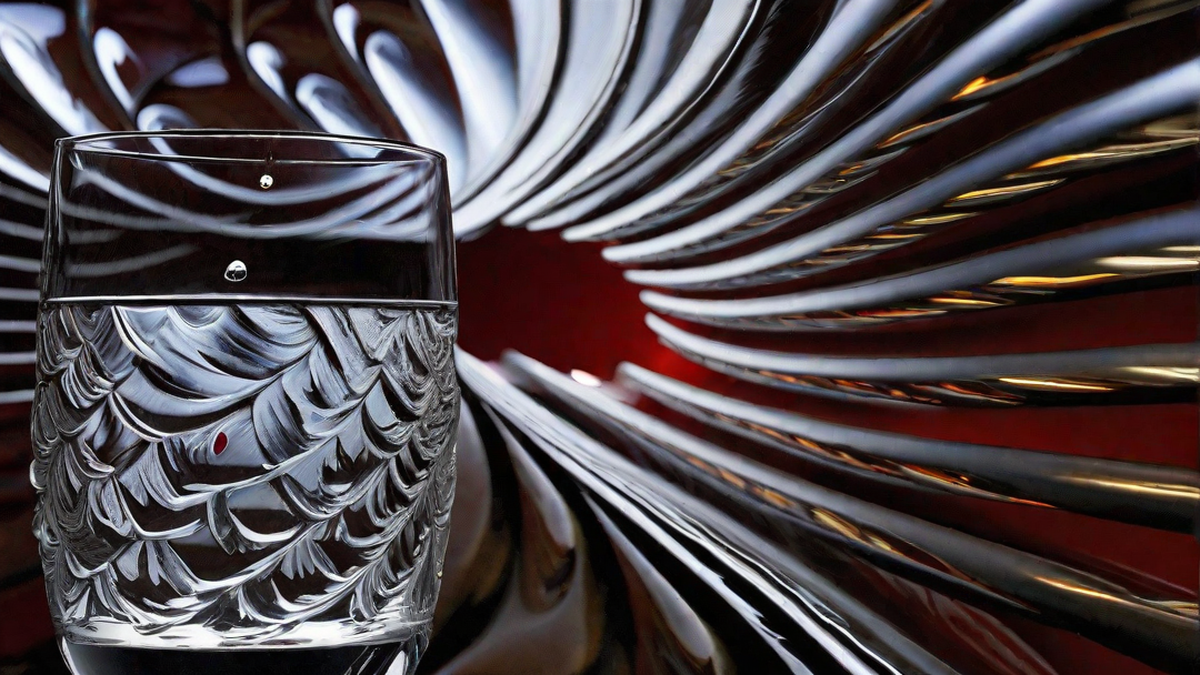As a wine enthusiast and amateur winemaker, I understand the importance of proper wine storage to preserve the quality and taste of homemade wine. Whether you’re bottling your own creations or receiving them as gifts from friends and family, knowing how to store homemade wine is essential to ensure an enjoyable drinking experience. Let’s explore some expert tips and personal insights on this topic.
Choosing the Right Containers
When it comes to storing homemade wine, the choice of containers is crucial. I’ve found that using glass bottles with airtight seals is ideal for preserving the flavors and aromas of the wine. Make sure to clean and sanitize the bottles thoroughly before transferring the wine to avoid any contamination.
Temperature and Humidity
For me, maintaining the right temperature and humidity levels has been the key to successful wine storage. The ideal temperature for storing homemade wine is around 55-60°F (13-15°C), and it’s important to keep the storage area cool and consistent. Fluctuations in temperature can negatively impact the aging process and overall quality of the wine. Additionally, maintaining a humidity level of 60-70% helps prevent the corks from drying out and allows the wine to mature gracefully.
Light and Vibration
One thing I’ve learned over the years is the detrimental effects of light and vibration on wine. I always store my homemade wine in a dark area to shield it from UV rays that can cause unwanted chemical reactions. Similarly, I avoid storing wine near appliances or machinery that generate vibrations, as these can disturb the sediment and disturb the aging process.
Horizontal vs. Vertical Storage
For those who, like me, enjoy aging their homemade wine, the debate between horizontal and vertical storage is a familiar one. I’ve found that horizontal storage is best for wines with traditional corks, as it keeps the cork moist and minimizes the risk of oxidation. If you’re dealing with screw cap bottles, vertical storage can be a space-efficient option as it minimizes the wine’s contact with the cork or cap.
Conclusion
Storing homemade wine is more than just a practical consideration; it’s a way to preserve the fruits of your labor and savor the memories associated with each bottle. By paying attention to the container choice, temperature and humidity levels, light and vibration exposure, and storage orientation, you can ensure that your homemade wines age gracefully and provide delightful moments for years to come.




